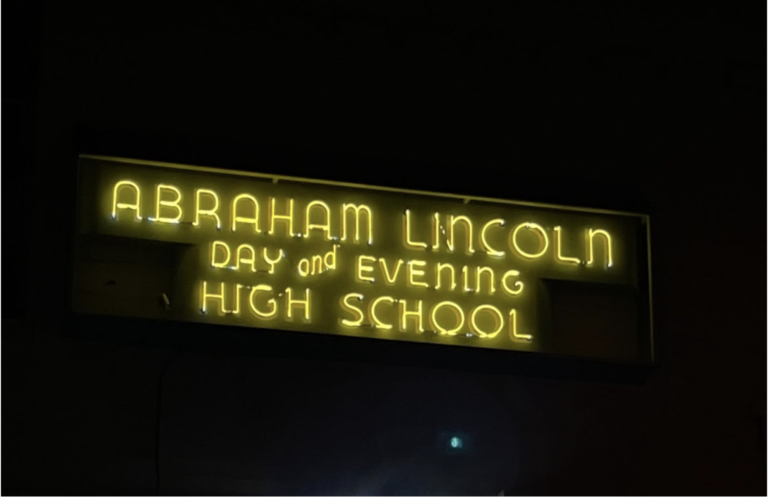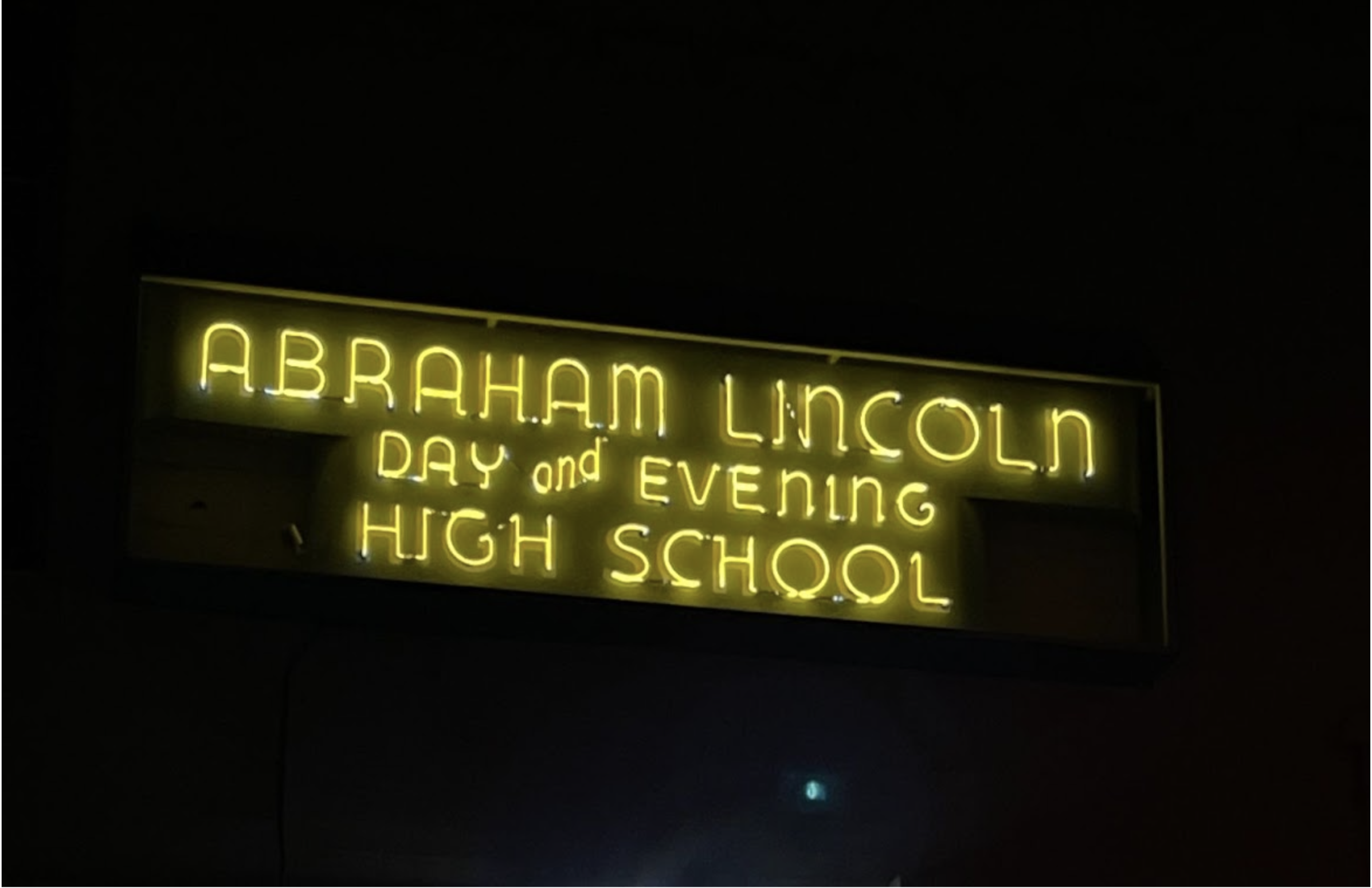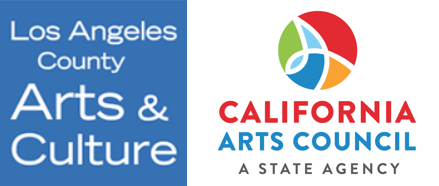
If you’ve ever driven along Broadway in Lincoln Heights at night you may have noticed a bright yellow glow emanating from the corner of the building. This neon sign does not advertise a business, it marks a historic building and cultural flashpoint which is integral to LA and Chicano history.
Lincoln Heights is known as the first suburb of Los Angeles, subdivided in 1873 to the name “East Los Angeles”. The streets were lined with “Folk Victorian” style homes which were affordable to build for the middle class population that resided there. The suburb provided easy access to Los Angeles’ Downtown and even had a carriage system to facilitate travel. As the population grew, additions to the neighborhood included County Hospital which opened in 1878 and the now Lincoln High School from the same year. In 1902, Southern Pacific Transportation Company even moved their operations to the neighborhood and its locomotive presence is still seen — and heard— today.
The 1910’s brought a large population of Italian immigrants which made wine-making and selling a large part of the Lincoln Heights economy. The decade also brought the movie industry with The Motion Picture Company Selig Polyscope Co. outpost in Lincoln Heights.
In 1917, the neighborhood’s name shifted from “East Los Angeles” to Lincoln Heights, the park from “Eastlake Park” to Lincoln Park — all in honor of the large school nearby named Abraham Lincoln High School. The school first opened as a grammar school then transitioned to high school in 1913. It continued to expand into the nearby hillside but was hugely affected by the 1933 Long Beach earthquake. After the earthquake, the buildings we know today were constructed by Alfred C. Martin’s architecture firm, funded by WPA in 1937. This gives Lincoln High its unique 1930’s art moderne look as well as interior murals.
On the exterior, phosphor-coated yellow tubing spells “Abraham Lincoln Day and Evening High School” Though our permit research hasn’t uncovered any date for these tubes, they seem to be original to the era after it’s rebuild. Phosphor coated tubes became widely used in the late 1930’s. This provides neon signs with its wide variety of colors.
The gas inside of this sign is the commonly-used Argon Mercury gas combination and the sign remains in pristine condition.
Fast forward almost 100 years since it was built, and Lincoln High School was on the ground floor of the Chicano Rights Movement, bringing the movement from rural settings of the United Farm Workers to an urban environment. Lincoln High School was instrumental in the East LA Blowouts of March 1968 which took place at a handful of schools in the district with large Chicano populations. With help from history teacher, Sal Castro, and the Brown Berets, the student body organized and executed the protest against the unfair treatment of Chicano students districtwide. What was planned for March 6th, erupted citywide over 5 days. Though the school admin locked students inside the school, the walkout at Lincoln took place and protestors were met with batoned and helmeted police. The struggle that Lincoln High’s community endured paved the way for Chicano students of the future.
Lincoln’s history shines inside and out. The neon connects us to its past victories and provides a gateway into history.
Text by Maya Abee research via Los Angeles Times, LA Conservancy, livingnewdeal.org, history.com, and nhm.org
